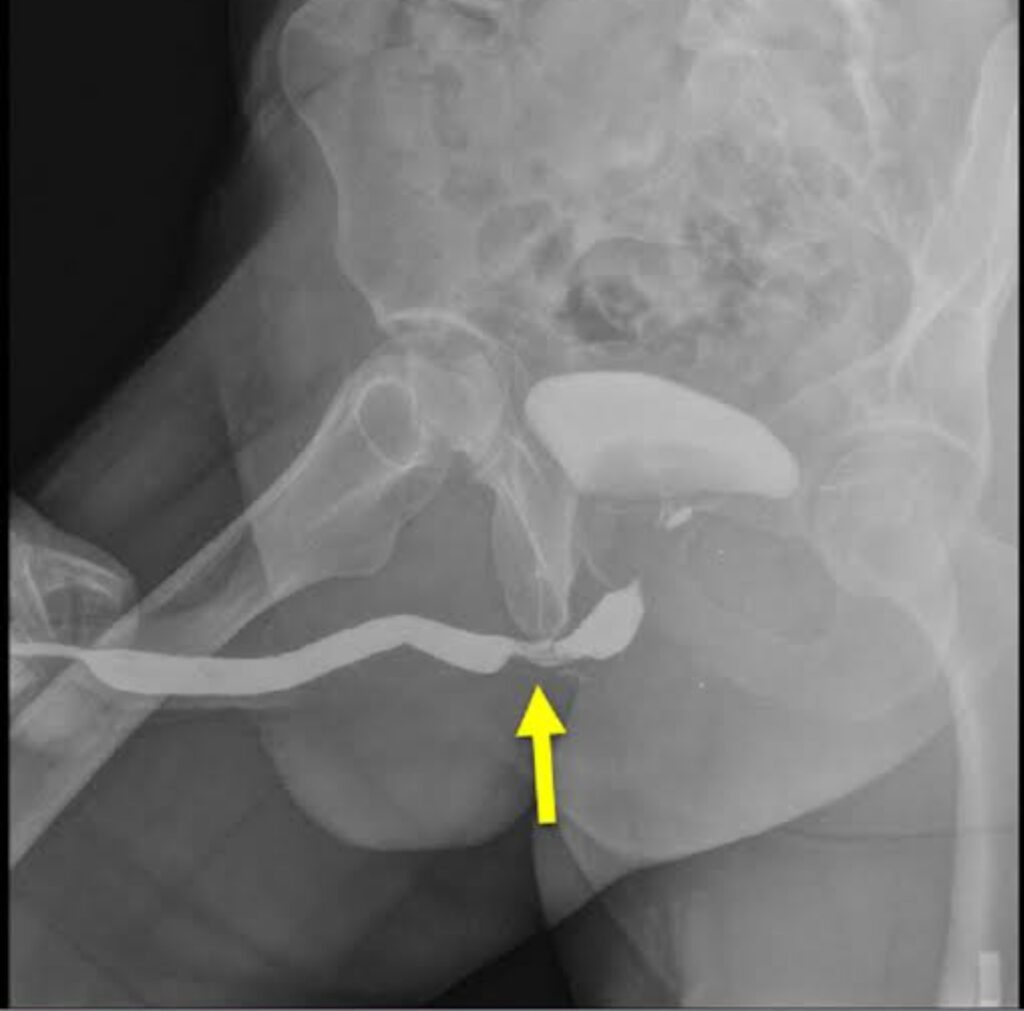Urethral Stricture: Understanding and Managing Narrowing of the Urethra
Urethral stricture refers to the narrowing or scarring of the urethra, the tube that carries urine from the bladder to the outside of the body. This condition can lead to difficulties in urination, urinary retention, infections, and even kidney damage if left untreated. Understanding the causes, symptoms, and treatment options for urethral stricture is essential for effective management and recovery.

What Is Minimally Invasive Urologic Surgery?
Urethral stricture refers to the narrowing or scarring of the urethra, the tube that carries urine from the bladder to the outside of the body. This condition can lead to difficulties in urination, urinary retention, infections, and even kidney damage if left untreated. Understanding the causes, symptoms, and treatment options for urethral stricture is essential for effective management and recovery.

- Andrology
- Urology
- Minimally Invasive Urologic Surgery
- Ureteroscopy (URS)
- Urethral stricture
- Kidney Stone
- Urinary Tract Infection (UTI)
- Dialysis and Kidneys transplant
What is Urethral Stricture?
Urethral stricture is the result of scar tissue that forms in the urethra, causing the passageway to narrow. This narrowing can obstruct the normal flow of urine, leading to a range of symptoms. Urethral strictures can occur in men or women but are more common in men due to the longer length of the male urethra. The stricture can occur in any part of the urethra, from the bladder to the tip of the penis, and may vary in severity.
Causes of Urethral Stricture
Several factors can contribute to the formation of urethral strictures, including:
- Trauma or Injury: Accidents, surgery, or catheter placement can damage the urethra, leading to scar tissue formation.
- Infection: Urinary tract infections or sexually transmitted infections (STIs) can cause inflammation and scarring of the urethra.
- Chronic Inflammation: Conditions such as prostatitis (inflammation of the prostate) or long-term urinary tract infections can lead to urethral scarring.
- Congenital Abnormalities: Some individuals are born with narrower urethras, which may become problematic over time.
- Previous Urological Surgeries: Past surgeries for prostate issues, bladder surgery, or other urological treatments can cause urethral narrowing.
Symptoms of Urethral Stricture
The symptoms of urethral stricture can vary based on the location and extent of the narrowing. Common signs include:
- Difficulty urinating or a weak urine stream
- Painful urination (dysuria)
- Frequent urination or a constant urge to urinate
- Urinary retention or an inability to completely empty the bladder
- Blood in the urine (hematuria)
- Increased risk of urinary tract infections due to incomplete bladder emptying
Diagnosis of Urethral Stricture
If you suspect you have a urethral stricture, it is important to seek medical attention for a proper diagnosis. The following diagnostic tests are commonly used:
A thorough exam to assess symptoms and medical history.
To check for signs of infection or blood in the urine.
A procedure that uses a small camera inserted into the urethra to visualize the stricture and determine its location and severity.
An imaging test that uses contrast dye to create an X-ray image of the urethra, helping to pinpoint the exact location of the stricture.
Treatment of Urethral Stricture
The treatment for urethral stricture depends on the severity and location of the narrowing. Options include:
This involves stretching the urethra using a special instrument to widen the narrowed area. It is typically used for short, mild strictures.
A procedure where a small incision is made in the stricture to relieve the blockage. It can be done using a cystoscope or other endoscopic techniques.
In more severe cases, urethroplasty (surgical repair of the urethra) may be necessary to remove scar tissue and reconstruct the urethra. This is often the most effective long-term solution for larger or recurrent strictures.
In cases of urinary retention or severe symptoms, a catheter may be temporarily placed to allow the urine to drain from the bladder.
Conclusion
Urethral stricture can cause significant discomfort and lead to complications if not properly managed. However, with early diagnosis and appropriate treatment, the majority of patients can find relief and return to normal urinary function. If you’re experiencing symptoms of urethral stricture, contact Dr. Sanket Chaudhari’s Urology Clinic to learn about the best treatment options available.
